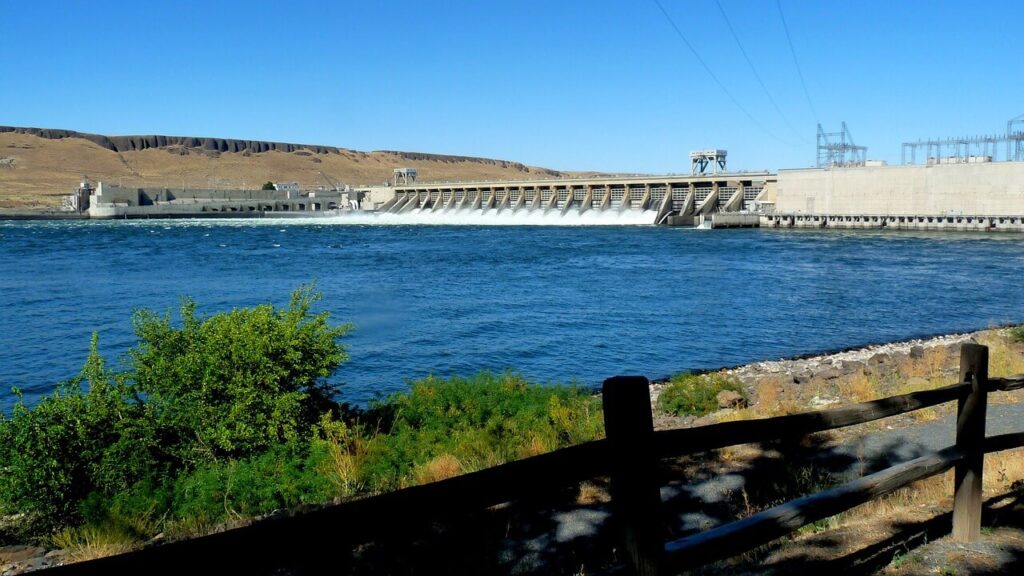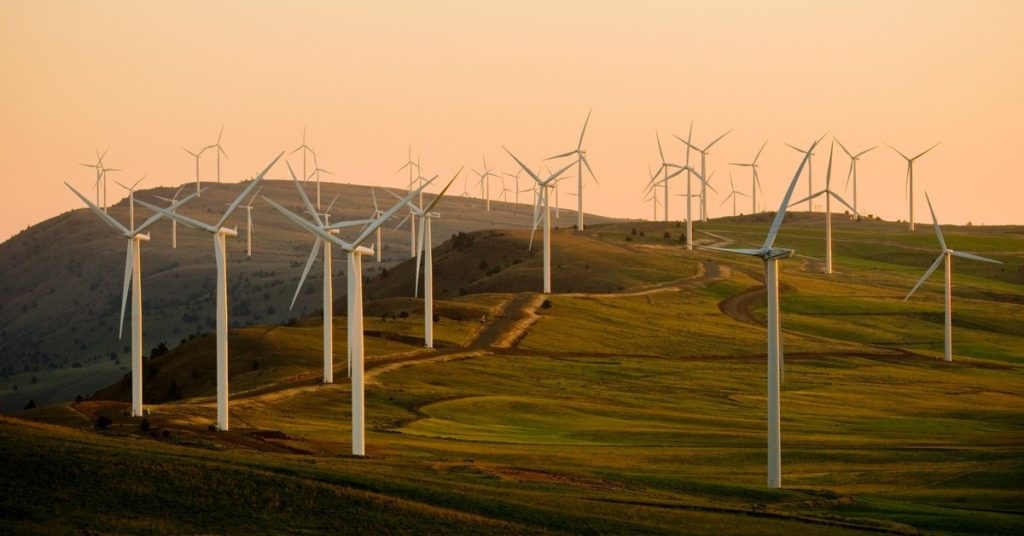The global shift towards sustainable energy has gained significant momentum in recent years. Driven by environmental concerns, technological advancements, and supportive policies, renewable energy is expected to play an increasingly vital role in meeting our energy needs. In this article, we will discuss the latest trends and predictions in renewable energy, including solar, wind, and hydroelectric power, and explore how they will shape the energy landscape in the coming years.
Solar Energy: Continued Growth and Technological Advancements
Solar energy has experienced remarkable growth in the past decade, thanks to decreasing costs and increased efficiency. Experts predict that the solar industry will continue to expand, becoming a dominant player in the global energy market. Innovations such as energy storage technologies and smart grid integration will help overcome some of the intermittent nature of solar power, making it a more reliable source of energy.
In addition to large-scale solar farms, decentralized solar installations like rooftop panels are expected to become more prevalent. Community solar projects, which allow multiple households to share solar energy generated from a single installation, will also become increasingly popular, promoting more equitable access to clean energy.
Wind Energy: Offshore Expansion and Efficiency Improvements
Wind energy, another key player in the renewable energy sector, is also poised for substantial growth. Offshore wind farms, in particular, have enormous potential due to their capacity to generate energy with fewer geographical constraints. Advances in turbine design and materials will lead to larger, more efficient wind turbines that can capture more energy at a lower cost.
As with solar power, innovations in energy storage and grid integration will help to address the intermittency challenges associated with wind energy. Additionally, digital solutions, such as advanced monitoring and predictive analytics, will improve the operation and maintenance of wind farms, further enhancing their efficiency and lifespan.
Hydroelectric Power: Harnessing Untapped Potential
Hydroelectric power, one of the oldest and most established forms of renewable energy, still has considerable untapped potential. While large-scale hydroelectric projects can have significant environmental impacts, smaller run-of-the-river projects and pumped storage facilities offer more sustainable options with minimal ecological consequences.
Innovative pumped storage technologies, such as those using abandoned mines or reservoirs, will play an essential role in supporting the growth of intermittent renewable energy sources like solar and wind power. By effectively storing energy during periods of low demand and releasing it during peak demand, these systems can help maintain grid stability and manage load more efficiently.

Grid Resilience and Decentralisation
As renewable energy sources become more widespread, their integration into the electrical grid will become increasingly important. To maintain grid stability and prevent blackouts, advanced grid management techniques and infrastructure improvements will be essential. These include the development of smart grids, micro-grids, and virtual power plants, which will help to distribute and balance energy generation and consumption more effectively.
Decentralised energy resources, such as rooftop solar panels, small-scale wind turbines, and battery storage systems, will also become more prevalent in the energy landscape. This shift towards a more distributed and localized energy network can help reduce the strain on the central grid, improve grid resilience, and mitigate the risk of blackouts.
The Role of Government Policies and Public Awareness
The future of renewable energy will be significantly influenced by government policies and public awareness. Incentives, such as tax breaks, subsidies, and net metering programs, will continue to drive the adoption of renewable energy sources. Likewise, the implementation of carbon pricing and the phasing out of fossil fuel subsidies will help level the playing field for renewables.
Public awareness and support for renewable energy will also be crucial in shaping the energy landscape. As individuals and businesses become more educated about the benefits of clean energy, consumer demand for renewable options will increase. In turn, this will drive further innovation and investment in the sector, leading to a more sustainable and environmentally friendly energy future.
In conclusion, the future of renewable energy is bright, with significant advancements expected in solar, wind, and hydroelectric power. As technology continues to improve and policy support strengthens, we can anticipate a more sustainable, resilient, and decentralised energy landscape in the coming years. By staying informed about these developments and supporting the transition to clean energy, we can all play a role in promoting a more sustainable future.
